1、 Curing method
1. Soil: the preferred soil is some soil with good drainage performance. The mixture of vermiculite and perlite with garden soil is a good choice. The soil prepared by mixed garden soil is very suitable for its growth
2. Light: when breeding at ordinary times, put it in a place with sufficient light and try to provide it with sufficient light. However, it should be ensured that it will not be exposed to the sun. It should be properly shaded in summer
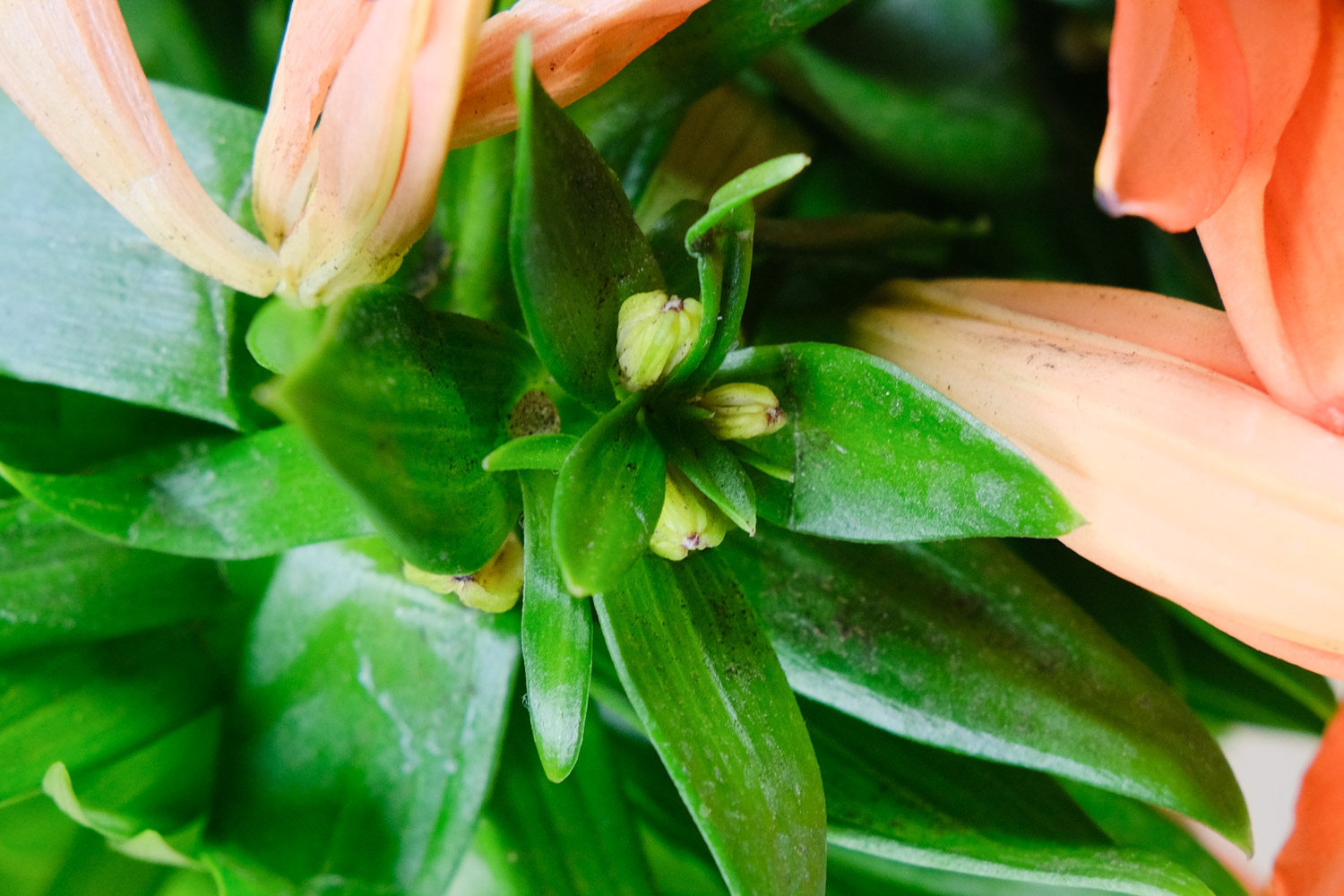
3. Watering: watering should follow the principle of seeing dry and seeing wet, but it must be noted that there should be no ponding in the flowerpot. Especially in summer, if the temperature is too high, you can also spray some water on the leaves to cool down
4. Fertilization: fertilizer should be applied at the initial stage of new pots, new plants and just changed pots. In the later stage, it does not need too strict management, and a small amount of fertilizer can be applied in ten days and a half months
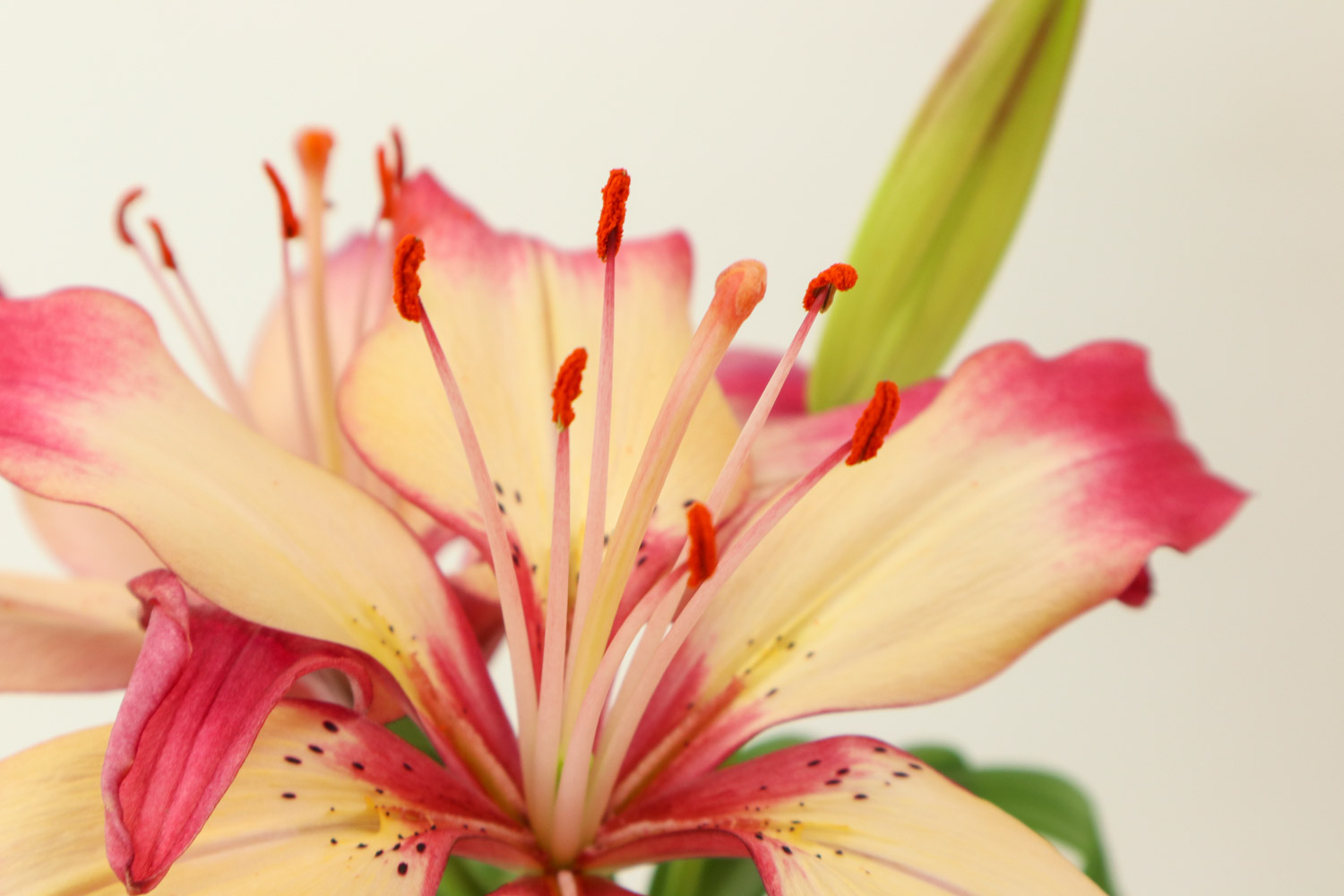
2、 Breeding skills
1. Reproduction: the more common method is the split plant method, which is also the simplest one. You only need to separate the bulbs at the root and replant them. You should pay attention to removing the diseased leaves
2. Pruning: if the leaves of the plant grow too lush and cover each other, they can be pruned appropriately. Just cut off the too hypertrophic old leaves or problematic leaves
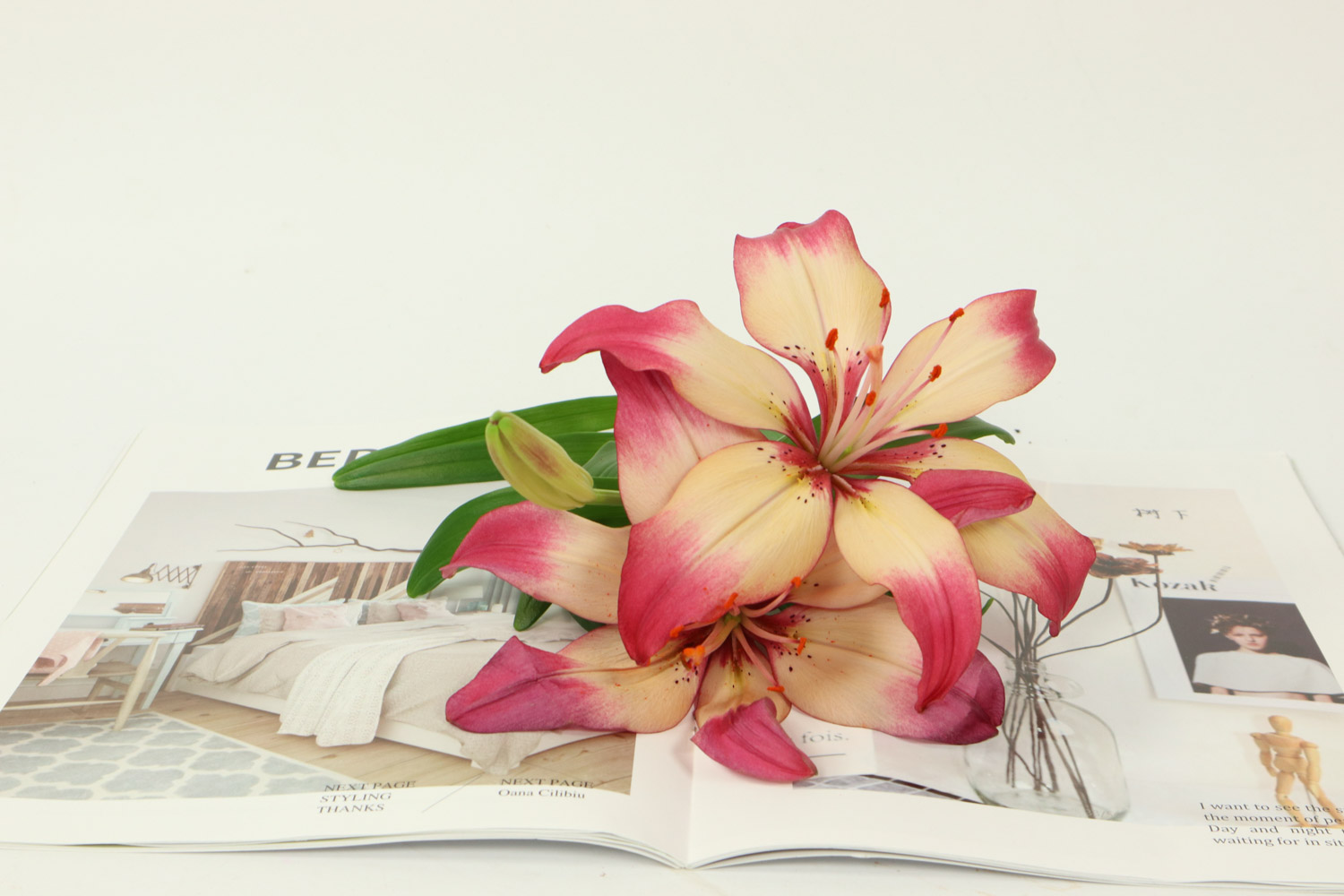
3、 Diagnosis and treatment problems
1. Yellow leaves: the yellow leaves of oil point Lily are basically caused by insufficient fertilizer when it is put into the pot, or the maintenance environment is not ventilated. It is best to give it sufficient nutrients and a ventilated environment to grow better
2. Wilting: the wilting and curling of oil-water Lily leaves are more common, mostly due to too much or too little water. Adjust the water appropriately according to your own breeding situation
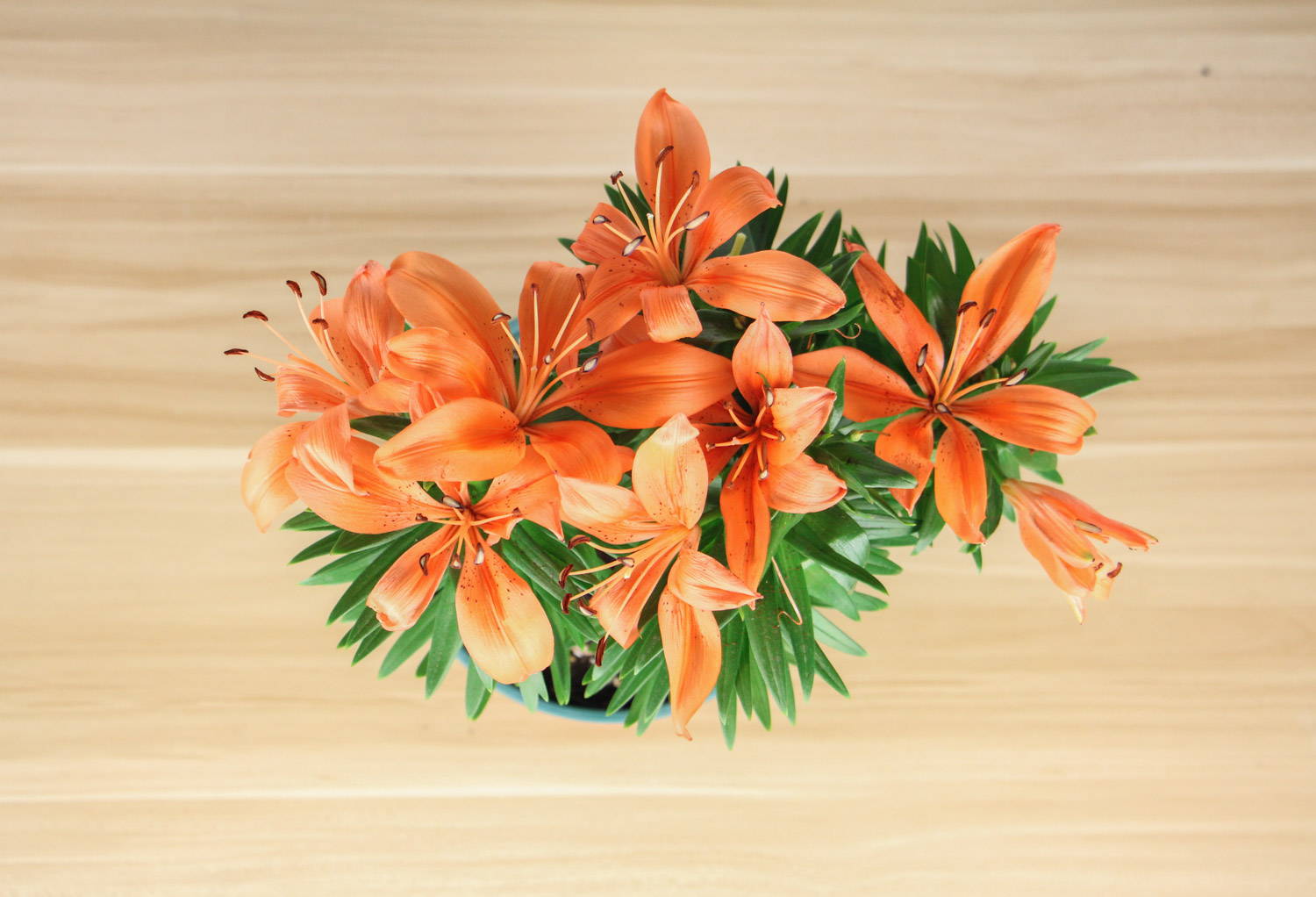
4、 Other issues
1. Whether it can be raised indoors: it can be raised indoors. Its plant size is very suitable for indoor placement, and the patterns on its leaves are strange and attractive. Secondly, its fat bulbs are also very popular
2. Edible: Oil Lily can't be eaten. It is a perennial herb. It can be eaten without scientific certification. Don't eat such a lovely plant
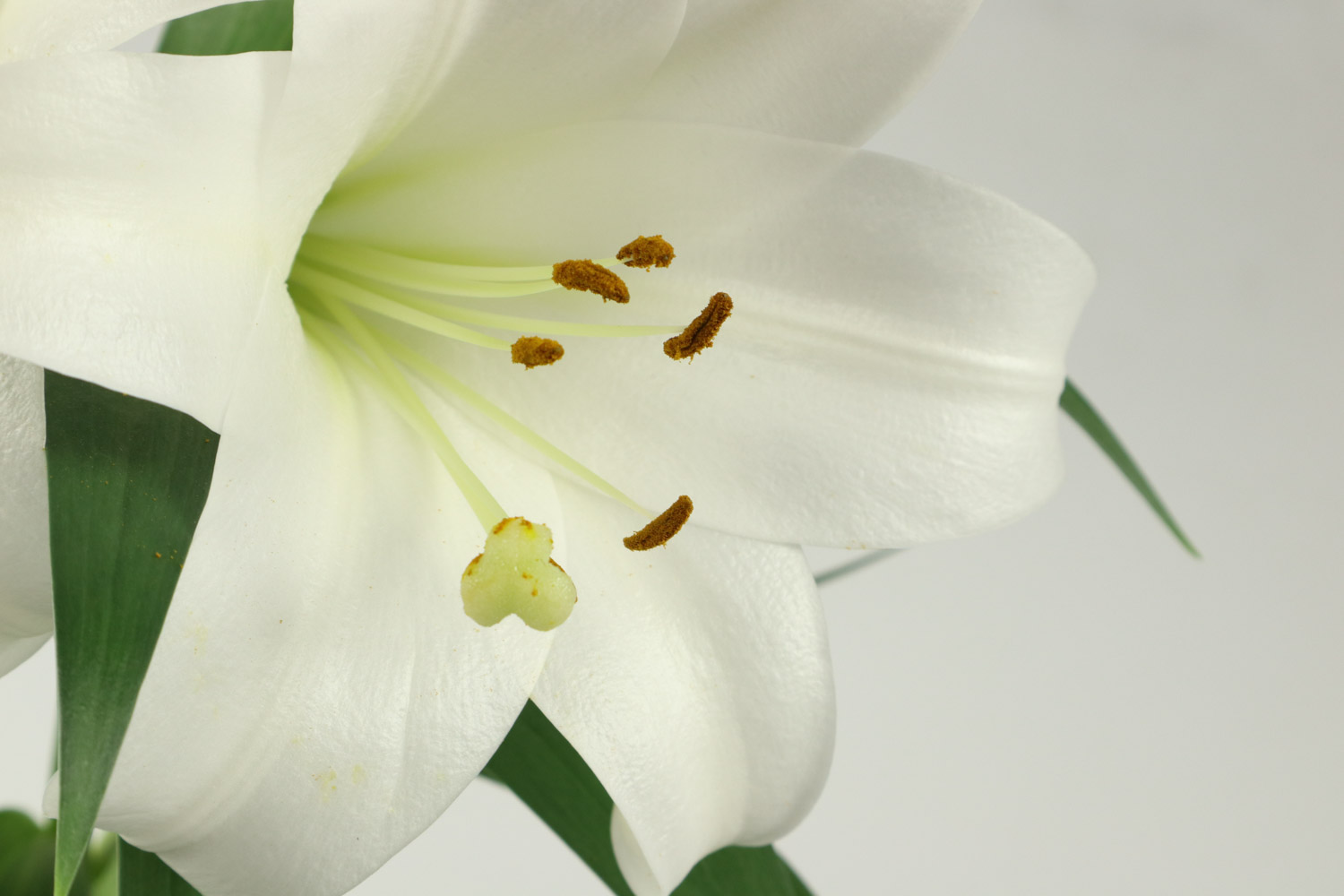

 jackfruit
jackfruit snake plant
snake plant hibiscus
hibiscus hydrangea
hydrangea lavender
lavender Green roses climb al...
Green roses climb al... If you don't pay att...
If you don't pay att... Management of four g...
Management of four g...
































